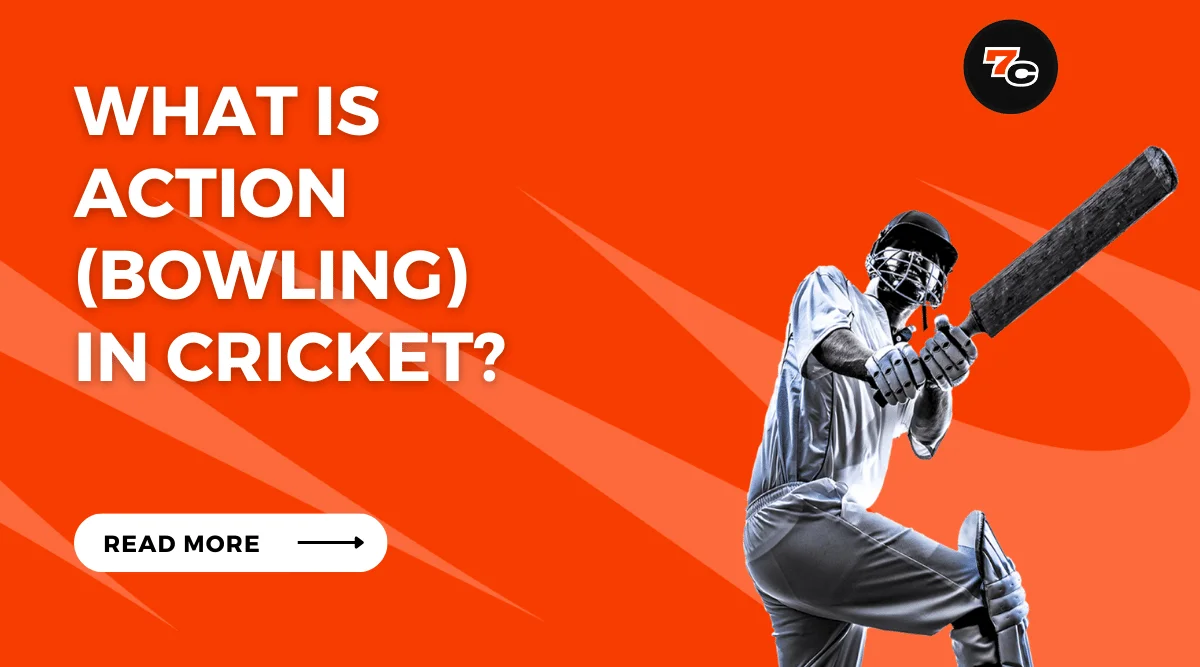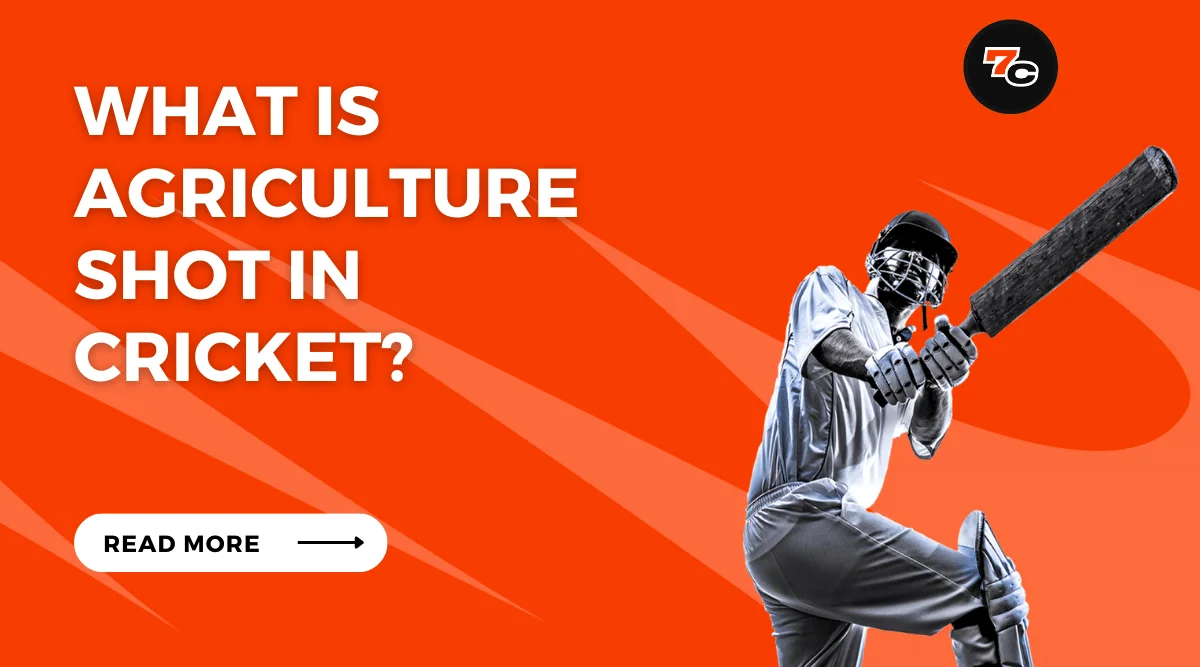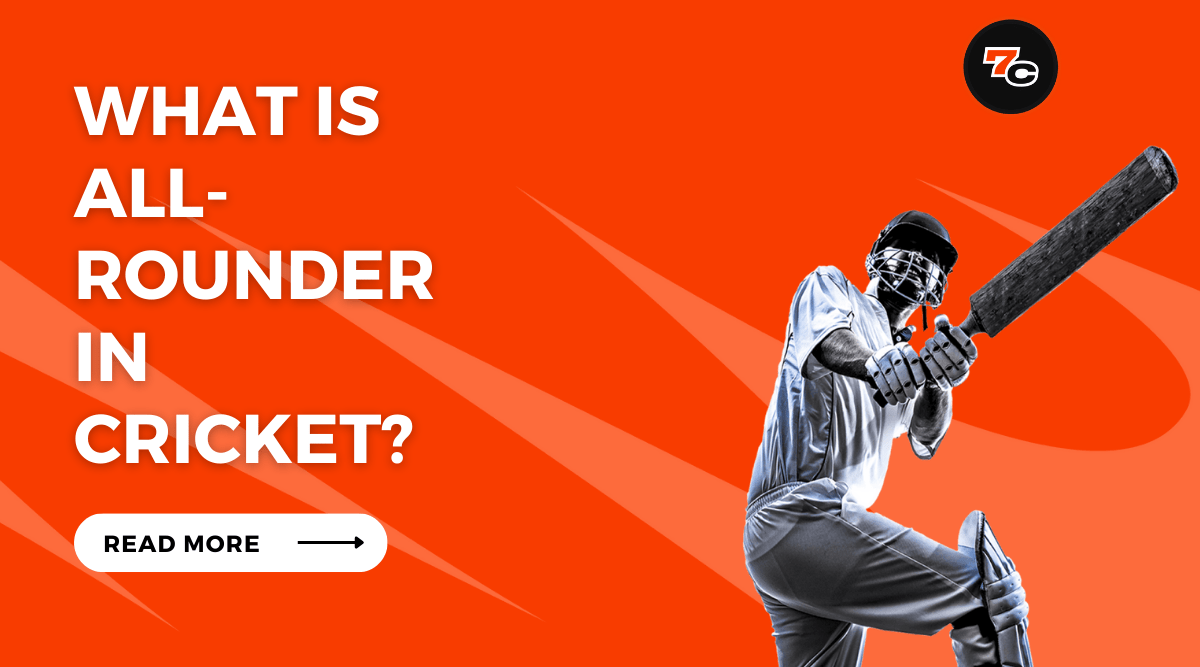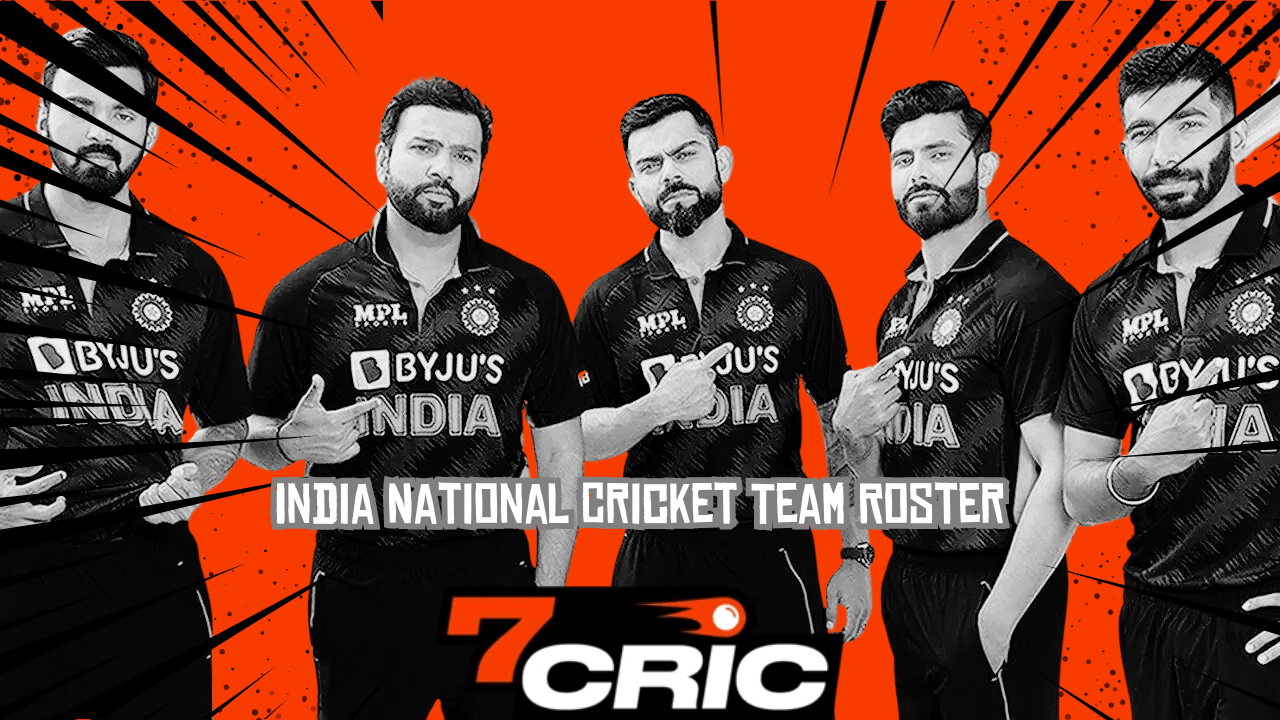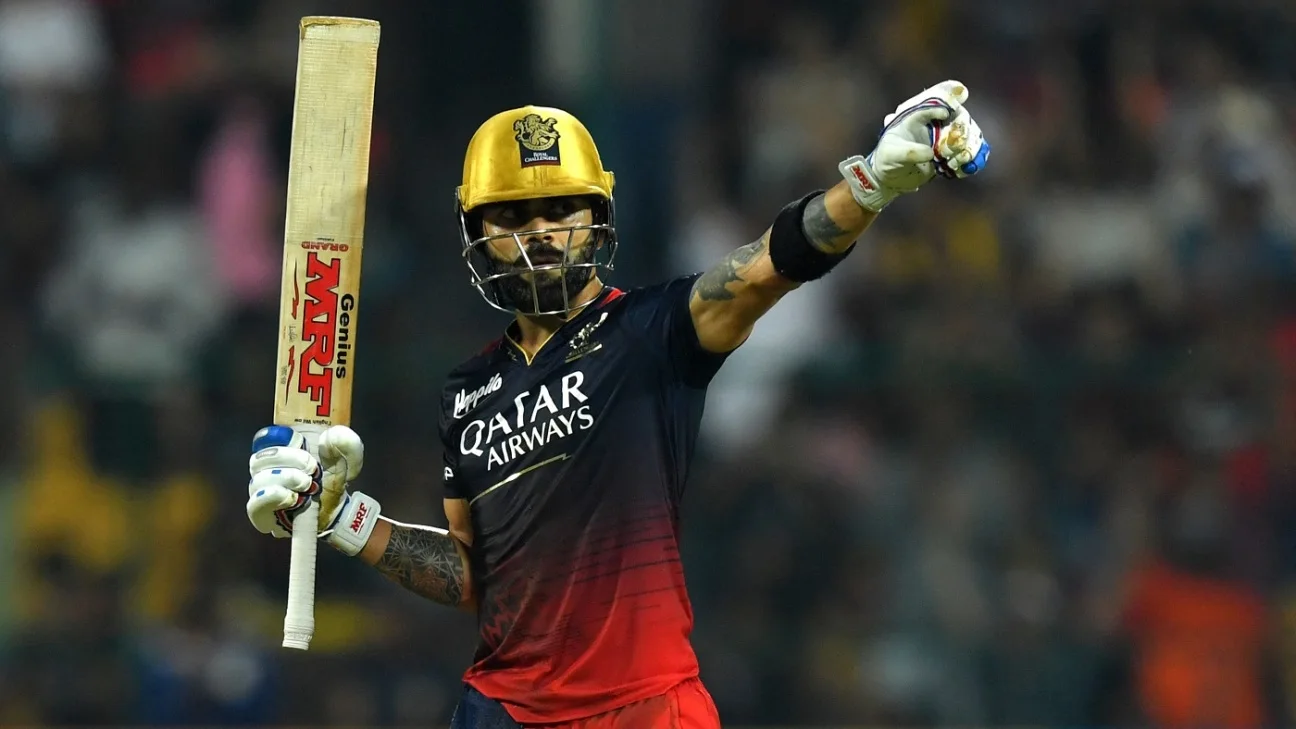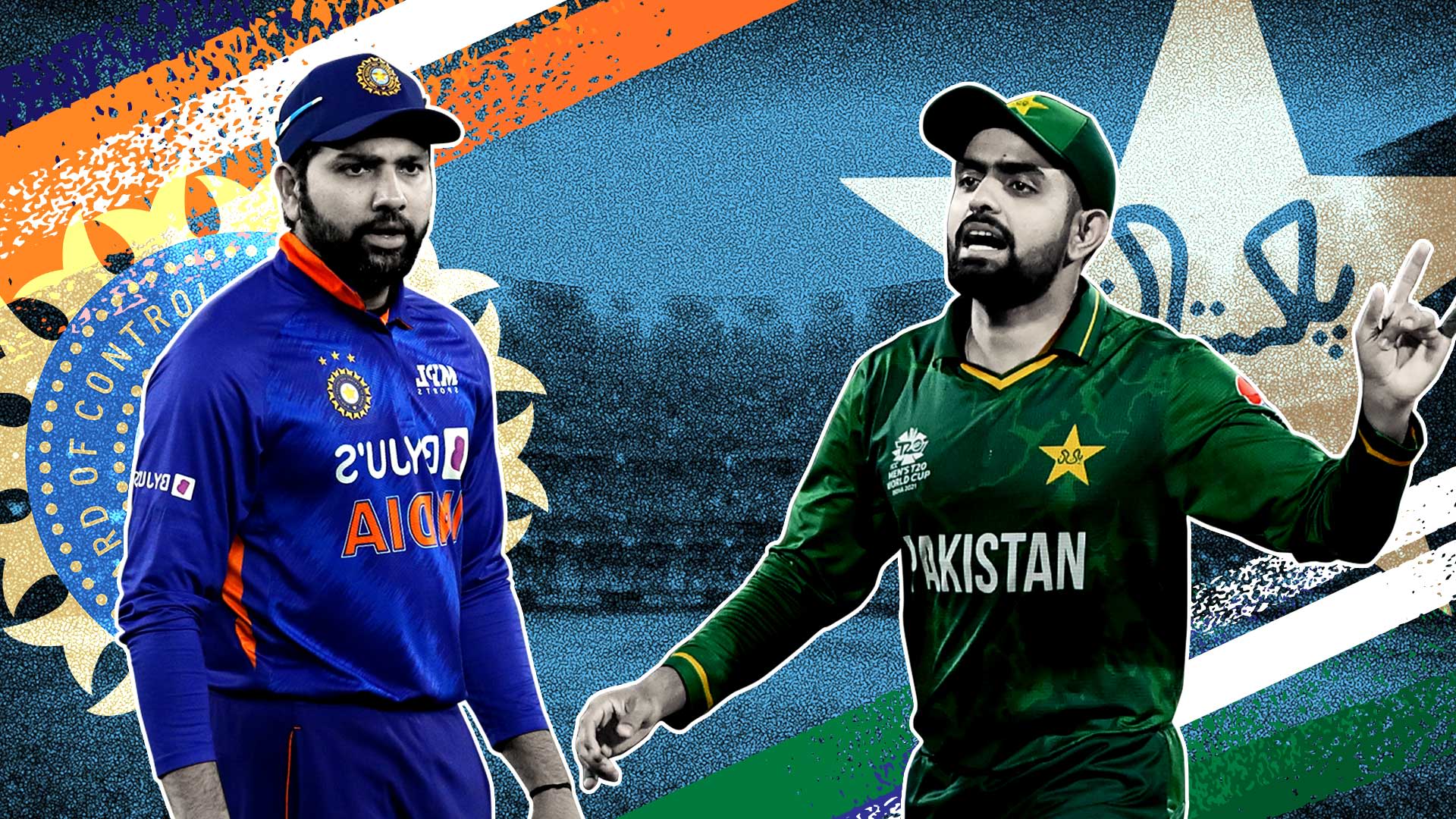In the realm of cricket, the cross-bat shot has become a prominent technique utilized by players to enhance their offensive capabilities.
This article aims to provide an explanation of the cross-bat shot technique and its significance within cricket strategy.
Additionally, a comparison will be made between the cross-bat shot and conventional shot, shedding light on their differential effectiveness in various scenarios.
Key Takeaways
- Cross-bat shot involves using a horizontal bat to strike the ball and is widely utilized by batsmen to score runs and manipulate ball placement.
- It offers versatility with variations like square cuts, pulls, and sweeps, and generates more power compared to vertical shots.
- Cross-bat shot plays a significant role in the strategic approach of the game, allowing batsmen to generate power, score runs quickly, and target gaps in the field.
- However, it requires precise timing and technique, can make a batsman predictable and vulnerable to certain bowling strategies, and is more challenging for less skilled players.
Furthermore, notable players renowned for their adeptness in executing the cross-bat shot will be highlighted to exemplify its application in professional play.
What Is Cross-Bat Shot In Cricket?
In cricket, a cross-bat shot is one where the bat is held horizontally when playing the ball, as opposed to a straight-bat shot where the bat is held vertically.
Cross-bat shots are typically played to deliveries that are short in length.
Here are some examples of cross-bat shots:
- Cut: Played to a short and wide delivery outside the off-stump. The batsman uses a horizontal bat to hit the ball behind square on the off side.
- Pull: Played to a short delivery on or around leg stump. The batsman rocks back onto the back foot and pulls the ball to the leg side, typically between mid-wicket and square leg.
- Hook: Similar to the pull shot but played to a ball that is aimed at the batsman’s head or body. The batsman attempts to hook the ball either over or behind square leg, often playing it in the air.
- Slog/Slog Sweep: A powerful cross-bat shot, usually played to a delivery on the leg side or a spinning delivery. The batsman aims to hit the ball over the boundary, often over mid-wicket or square leg.
Cross-bat shots can be effective against short-pitched deliveries, but they also come with their risks. Since the bat is held horizontally, there’s less margin for error in terms of the ball’s bounce. If mistimed, these shots can lead to dismissals like being caught by fielders.
It’s essential for batsmen to have good judgment and timing when playing cross-bat shots, especially on pitches with variable bounce or against fast bowlers who can get the ball to rise sharply.
Explanation of the Cross-bat Shot Technique
The cross-bat shot technique in cricket involves using a horizontal bat to strike the ball towards various directions on the field.
This technique is widely utilized by batsmen to score runs and manipulate the placement of the ball during gameplay.
The cross-bat shot offers several advantages that contribute to its popularity amongst players.
One advantage of the cross-bat shot is its versatility. Batsmen can execute different variations of this shot depending on their intended target area, such as square cuts, pulls, or sweeps.
These variations allow for adaptability in response to different types of deliveries from bowlers, ensuring a higher chance of scoring runs.
Another advantage lies in the power generated through this technique. By using a horizontal bat, batsmen can generate more force when striking the ball compared to vertical shots.
This increased power enables them to hit boundaries more frequently, increasing their team’s overall score.
Furthermore, employing cross-bat shots can unsettle bowlers’ rhythm and disrupt their planned strategies.
The unpredictability associated with these shots forces bowlers to adjust their line and length continuously, creating opportunities for batsmen to exploit gaps in the field.
Importance of the Cross-bat Shot in Cricket Strategy
One significant aspect in the strategic approach of cricket involves employing a particular type of stroke that utilizes horizontal movement and is executed with the use of a wooden implement.
This stroke, known as the cross-bat shot, plays an important role in cricket strategy due to its unique advantages and disadvantages.
The cross-bat shot allows batsmen to generate power by using their wrists and arms to hit the ball across the field, making it a useful tool for scoring runs quickly.
Additionally, this shot gives players more options for shot placement, allowing them to target gaps in the field and score boundaries effectively.
However, there are also disadvantages associated with the cross-bat shot. It requires precise timing and technique to execute successfully, making it more challenging for inexperienced or less skilled batsmen.
Furthermore, playing too many cross-bat shots can make a batsman predictable and vulnerable to certain bowling strategies.
To better understand the advantages and disadvantages of the cross-bat shot in comparison to conventional shots used in cricket, consider the following table:
| Advantages | Disadvantages |
|---|---|
| Allows for powerful hitting | Requires precise timing |
| Provides more shot placement options | Can make a batsman predictable |
| Helps score runs quickly | More challenging for less skilled players |
This analysis sets up a transition into the subsequent section where we will compare the cross-bat shot with conventional shots used in cricket without explicitly stating ‘step’.
Comparison of Cross-bat Shot vs. Conventional Shot
A comparison between the cross-bat shot and conventional shots in cricket reveals distinct characteristics that differentiate their strategic use.
The cross-bat shot, also known as the horizontal bat shot, is a technique where the batsman holds the bat horizontally across the body and hits the ball with a swinging motion.
On the other hand, conventional shots involve using a vertical bat to play strokes such as drives, cuts, or pulls.
One advantage of the cross-bat shot is its ability to generate power when playing on slower pitches.
The horizontal swing allows for greater force to be applied to the ball, enabling batsmen to hit it harder and send it further.
Additionally, this shot can be effective against spin bowling as it allows players to get underneath the ball and loft it over fielders.
However, there are also disadvantages associated with using cross-bat shots. One key drawback is its susceptibility to fast bowling.
Due to its swinging motion and lack of control compared to conventional shots, batsmen may struggle to time their strokes properly when faced with pace bowlers.
Moreover, playing cross-bat shots can expose gaps in a player’s defense and make them more vulnerable to being dismissed.
In conclusion, while cross-bat shots offer advantages in terms of power generation and effectiveness against spin bowling, they come with certain disadvantages such as vulnerability against fast bowling and potential defensive weaknesses.
Understanding these distinctions helps players make informed decisions about when and how best to employ this technique.
Now that we have explored the advantages and disadvantages of cross-bat shots compared to conventional shots in cricket strategy.
Examples of Players Known for Their Cross-bat Shot Skills
Transitioning to the current subtopic, there are several notable players who have gained recognition for their prowess in employing the horizontal swing technique.
These players have showcased their skills in executing cross-bat shots, leaving a lasting impact on cricket history.
One famous moment includes Sachin Tendulkar‘s iconic straight drive against Australia in 1998, where he beautifully executed a cross bat shot with impeccable timing and precision.
Another memorable instance is Adam Gilchrist’s powerful pull shot during the 2007 World Cup final against Sri Lanka.
Mastering the cross-bat shot technique requires a combination of proper grip, footwork, and body positioning.
Firstly, having a firm grip on the handle allows for better control over the bat while executing the shot.
Secondly, maintaining an appropriate stance and utilizing proper footwork enables players to generate power and execute shots effectively.
Lastly, aligning one’s body towards the intended direction of the shot facilitates accuracy.
Furthermore, it is crucial to practice regularly to improve hand-eye coordination and develop muscle memory for executing cross-bat shots successfully.
Players should focus on timing and balance while playing these shots as mistiming can lead to unwanted outcomes.
Wrapping Up: Cross-Bat Shot in Cricket
In conclusion, the cross-bat shot in cricket is a technique that requires skill and precision. Its importance lies in its ability to strategically score runs and outsmart the opposing team.
When compared to conventional shots, the cross-bat shot offers a unique advantage by allowing players to manipulate the field and create scoring opportunities.
Players like Sachin Tendulkar and Viv Richards have showcased their exceptional cross-bat shot skills throughout their careers.
This technique adds an element of unpredictability to the game, making it a valuable asset for any batsman.
FAQs About Cross-Bat Shot in Cricket
What are the different types of cross-bat shots in cricket?
Different techniques of cross-bat shots in cricket include the sweep, pull, and slog. The advantages are increased scoring opportunities and unsettling the bowler, while disadvantages include higher risk of getting caught out and difficulty in controlling the shot's direction.
How can a player improve their cross-bat shot technique?
To improve their cross-bat shot technique, players can focus on practicing various cross-bat shot variations such as the paddle sweep or the slog sweep. Additionally, engaging in regular cross bat shot drills and exercises can help enhance their skills and precision.
Are there any specific situations in a cricket match where the cross-bat shot is more effective than a conventional shot?
In certain situations in a cricket match, the cross-bat shot can offer advantages over conventional shots. It allows for a wider range of stroke options and can help players generate more power, but it also carries the risk of mistiming or mis-hitting the ball.
What are the common mistakes that players make while attempting a cross-bat shot?
Common mistakes while attempting a cross-bat shot in cricket include improper footwork, lack of balance, mistiming the shot, and not watching the ball closely. To improve, players should focus on their technique, maintain balance, and practice timing and judgment.
Can a player be penalized for using a cross-bat shot in certain situations?
In certain situations, a player can be penalized for using a cross-bat shot in cricket due to its legality. The impact of this shot on a player's performance can vary depending on their skill and the match conditions.


